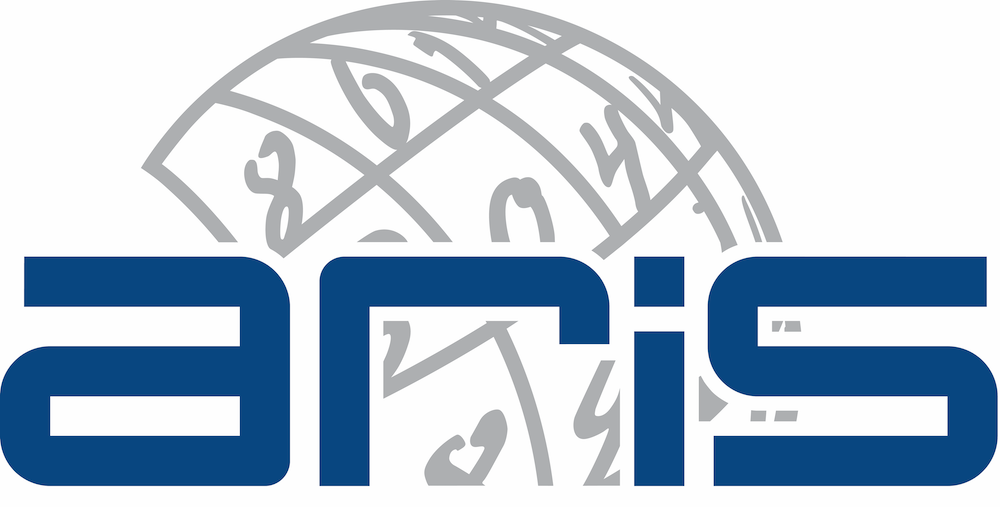Journal of Information Technology in Construction
ITcon Vol. 30, pg. 1707-1727, http://www.itcon.org/2025/70
Navigating geometric complexity in digital heritage: a review of AI-based semantic segmentation
| DOI: | 10.36680/j.itcon.2025.070 | |
| submitted: | September 2025 | |
| revised: | October 2025 | |
| published: | November 2025 | |
| editor(s): | Purushothaman M B, GhaffarianHoseini A, Ghaffarianhoseini A, Rahimian F | |
| authors: | Subhadha Battina
Florida International University ORCID: https://orcid.org/0000-0002-6100-9258 email: sbattina26@gmail.com | |
| summary: | Utilizing tools like laser scanners and photogrammetry to generate point cloud data reshapes Digital Heritage by facilitating Scan-to-BIM methodologies for 3D models. At point cloud processing stage, integrating semantic segmentation into Scan-to-BIM workflows allows unstructured spatial information to be translated into intelligent geometrical classifications that enable data-driven 3D models. AI methods show promising solutions for Three-Dimensional Point Cloud Semantic Segmentation (3DPCSS), allowing robust creation of parametric objects in heritage BIM. Despite the advancements in AI-based 3DPCSS, current models often present conceptual and practical challenges. These limitations stem from heterogeneous data and lack of adaptive algorithms to capture the geometrical complexities inherent in historic structures. Manual segmentation is often required to add detail to the simplified geometrical representations that omit the unique features, such as intricate carvings, creating challenges in efficient modeling. This systematic literature review presents an inquiry into the workflow of 3DPCSS, from data acquisition and classification stages to 3D model creation, with a case example in an Indian context. It synthesizes findings from 95 peer-reviewed publications from 2014 to 2024, focusing on the factors influencing the selection of suitable AI algorithms, including data acquisition, dataset types, complexity of geometrical elements, and computational tasks. The investigation reveals significant limitations in current approaches. Transformer-based models demonstrate significant performance degradation when applied to non-Western architectural geometries despite comparable complexity levels. Furthermore, through a matrix analysis, we identify four primary phases of algorithmic evolution—from rule-based systems to transformer architectures—while highlighting the emergence of hybrid approaches that combine geometric primitives with deep learning refinement. This paper extends the work presented at the Proceedings of the International Conference on Smart and Sustainable Built Environment (SASBE 2024), New Zealand. | |
| keywords: | AI in cultural heritage, scan-to-BIM, 3D point cloud semantic segmentation (3DPSS), digital heritage, data-driven 3D modeling | |
| full text: | (PDF file, 0.934 MB) | |
| citation: | Battina S (2025). Navigating geometric complexity in digital heritage: a review of AI-based semantic segmentation, ITcon Vol. 30, Special issue Smart and Sustainable Built Environment (SASBE 2024), pg. 1707-1727, https://doi.org/10.36680/j.itcon.2025.070 | |
| statistics: |





